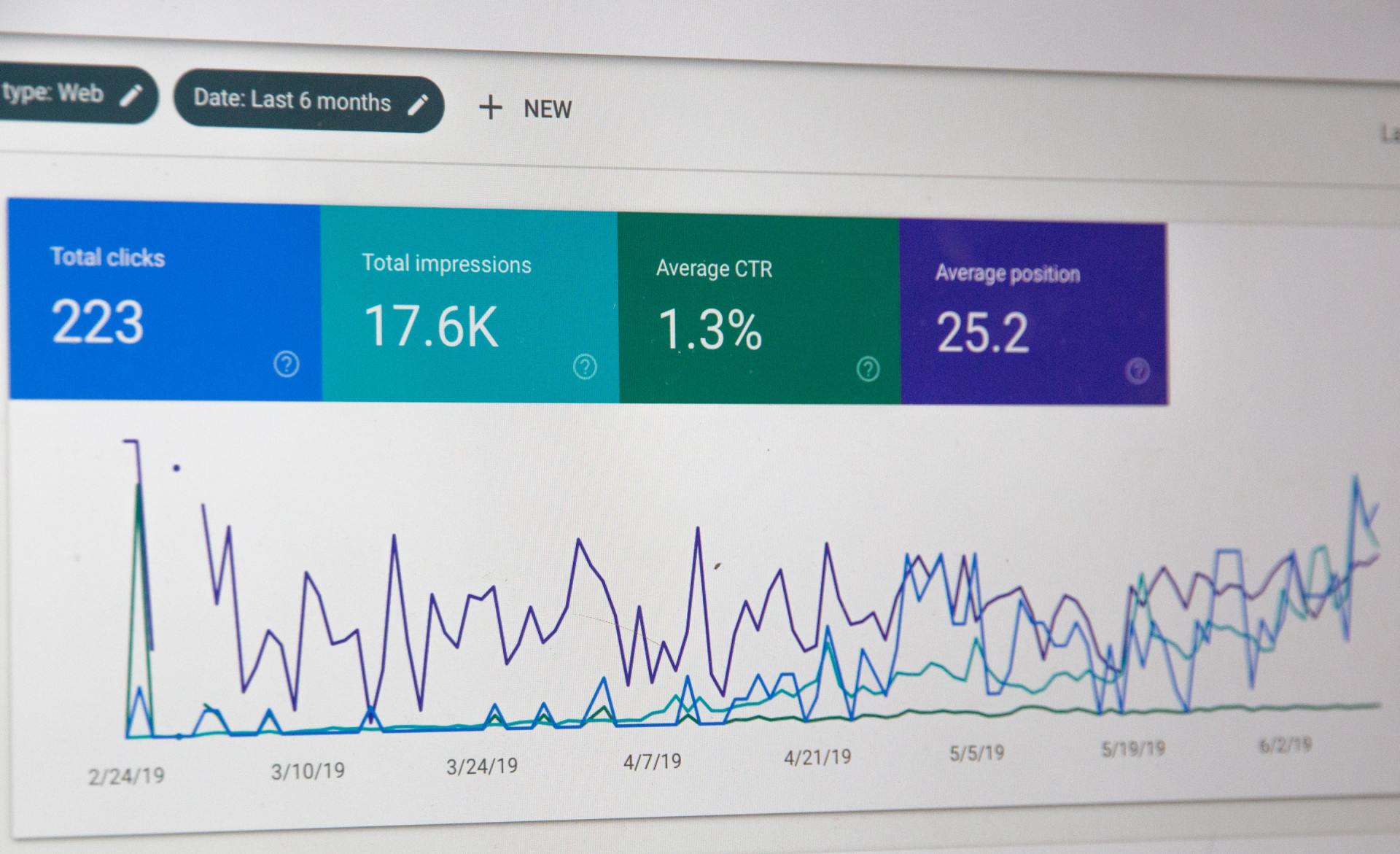Rare Earth Minerals
Updated: Oct 31, 2025
Rare earth minerals are critically important to the United States because they are essential for national security, advanced manufacturing, renewable energy, and high tech innovation. Despite their name, rare earth elements (REEs) are relatively abundant in Earth’s crust, but they are difficult and expensive to extract and refine, leading to strategic vulnerabilities—especially since China controls 70–80%[1] of global production and processing.
The most important rare earth minerals to the U.S. and why they matter:
1. Neodymium (Nd) and Praseodymium (Pr)
Used in: High-strength permanent magnets (NdFeB magnets)
Applications:
- Electric vehicle (EV) motors
- Wind turbine generators
- Drones, precision-guided weapons, and fighter jets[2]
Why important:
These magnets are among the strongest known, crucial for clean energy and defense systems. The U.S. relies heavily on imports of Nd and Pr from China[3], making supply diversification a top priority.
2. Dysprosium (Dy) and Terbium (Tb)
Used in: Heat-resistant magnets and phosphors
Applications:
- Electric vehicle motors that must operate at high temperatures
- Lighting and display technologies
- Military radar and guidance systems
Why important:
They improve magnet stability and performance under extreme heat, vital for EV efficiency and weapons reliability. Dysprosium is considered one of the most critical “bottleneck” REEs due to limited global supply.
3. Yttrium (Y), Europium (Eu), and Terbium (Tb)
Used in: Phosphors and LEDs
Applications:
- LED lighting, TV and phone displays
- Medical imaging and laser technologies
Why important:
Enable energy-efficient lighting and high-contrast displays; vital for modern electronics and communications infrastructure.
4. Lanthanum (La) and Cerium (Ce)
Used in: Catalysts and polishing compounds
Applications:
- Oil refining (catalytic cracking)
- Automotive catalytic converters
- Glass polishing (smartphones, cameras)
Why important:
Support petroleum refining capacity and clean air technologies—critical for both energy security and emissions control.
5. Samarium (Sm)
Used in: Samarium-cobalt magnets
Applications:
- Precision-guided missiles
- Aircraft and space components
Why important:
SmCo magnets maintain magnetic strength under radiation and extreme heat, making them indispensable for aerospace and defense.
6. Gadolinium (Gd)
Used in: Contrast agents and neutron absorbers
Applications:
- MRI contrast in medical imaging
- Nuclear reactor control rods
Why important:
Supports healthcare innovation and nuclear safety—two sectors of strategic national importance.
7. Scandium (Sc)
Used in: Aluminum-scandium alloys and solid oxide fuel cells
Applications:
- Lightweight aerospace components
- Advanced fuel cells
Why important:
Adds strength and corrosion resistance to aluminum while reducing weight—valuable for aerospace, defense, and hydrogen energy systems.
Strategic Importance to the U.S.
- National Security:
REEs are indispensable in radar systems, precision weapons, and communication devices used by the U.S. military. The Pentagon classifies them as critical defense materials.
2. Energy Transition:
Renewable technologies like wind turbines, EVs, and solar inverters depend heavily on REEs, making them key to the clean energy economy.
3. Technological Independence:
Reducing reliance on Chinese supply chains is a national priority. The U.S. is investing in domestic mining (e.g., Mountain Pass, CA) and processing facilities to rebuild its rare earth supply chain.
4. Economic Competitiveness:
Access to REEs enables innovation in sectors like electronics, medical devices, telecommunications, and green technology, supporting U.S. industrial leadership.
In summary
The most critical rare earth minerals to the United States include neodymium, praseodymium, dysprosium, terbium, and samarium, because they power the magnets, motors, and defense systems that define modern technology and energy security. The U.S. views domestic production, recycling, and alternative sourcing as essential to reducing geopolitical risk and ensuring technological sovereignty.
Below is a breakdown of major global sources, processing challenges, and how easily they can be sourced and refined.
1. Global Sources of Rare Earth Minerals
China
Share of global mining: ~60–70%
Share of global refining/processing: ~85–90%
Key deposits: Bayan Obo (Inner Mongolia), Sichuan Province, Southern China (ionic clay deposits)
Notes:
- Dominates both mining and refining, giving it near-total control of the global supply chain.
- Its low-cost refining is due to lax environmental regulations and decades of industrial investment.
- Has been known to restrict exports for geopolitical leverage.
United States
Key site: Mountain Pass Mine, California (operated by MP Materials)[4]
Notes:
- One of the world’s largest REE deposits, particularly rich in neodymium, praseodymium, and cerium.
- Mined material is still sent to China for processing, though new domestic refining facilities are being developed in Texas and California with support from the Department of Defense.
- Refining capacity remains the bottleneck, not the ore supply.
Australia
Key players: Lynas Rare Earths[5] (Mount Weld, Western Australia)
Notes:
- Lynas is the only major REE producer outside China with its own refining facilities (in Malaysia).
- Supplies neodymium[6] and praseodymium to global markets, including Japan and the U.S.
- Expansion underway to build refining capacity in Texas to serve North American supply chains.
Myanmar (Burma)
Type: Heavy rare earths (especially dysprosium and terbium)
Notes:
- Supplies much of China’s heavy rare earth[7] feedstock through informal mining operations.
- Mining practices are environmentally destructive and unregulated, making it geopolitically unstable.
India
Deposits: Monazite sands along coastal regions
Notes:
- Significant reserves but limited processing infrastructure.
- Potential to develop REE supply chain but faces regulatory and environmental constraints.
Africa
- Countries: Malawi, South Africa, Tanzania, Burundi, Madagascar
Projects:
- Songwe Hill (Malawi) – high-grade bastnäsite and monazite deposits
- Steenkampskraal[8] (South Africa) – rich in neodymium[9] and praseodymium
Notes:
- Many projects are early-stage or China-financed, limiting Western control of supply.
Canada
Key projects: Nechalacho (Northwest Territories), Strange Lake (Quebec)
Notes:
- Strong potential for ethical, sustainable mining aligned with Western standards.
- Currently lacks processing facilities, but collaborations with U.S. companies are developing.
Greenland
Deposits: Kvanefjeld and Kringlerne
Notes:
- Very large reserves including both light and heavy REEs.
- Development slowed by environmental concerns and uranium co-contamination (which complicates permitting).
Vietnam and Brazil
Notes:
- Both have significant reserves and growing interest in developing REE industries.
- Brazil, in particular, has deposits associated with niobium and titanium mining.
- Neither yet have advanced refining infrastructure.
2. Refining: The Real Bottleneck
Mining REEs is only the first step.
The real challenge lies in processing and refining because:
- REEs occur together in complex ores that require acid leaching, solvent extraction, and precise chemical separation.
- These steps are highly polluting (producing radioactive waste and toxic byproducts).
- China invested early in refining infrastructure and tolerates environmental costs others avoid.
- Western facilities must comply with strict environmental regulations, making operations costlier and slower to build.
3. How Easily They Can Be Sourced and Refined
| Region | Mining Viability | Refining Capability | Ease of Sourcing | Key Challenges |
|---|---|---|---|---|
| China | Excellent | Excellent | High | Geopolitical risk |
| U.S. | Strong | Developing | Moderate | Refining bottleneck |
| Australia | Excellent | Moderate | High | Environmental limits |
| Myanmar | High | Exported to China | Moderate | Unstable politics |
| Canada | Emerging | Weak | Low | Infrastructure, cost |
| Africa | Emerging | Weak | Low | Political instability |
| India | Moderate | Weak | Low | Environmental regulation |
| Greenland | High | None | Low | Uranium byproducts |
4. U.S. Strategy to Reduce Dependence
The U.S. government and private sector are working to diversify and secure the REE supply chain by:
- Rebuilding domestic refining capacity (MP Materials, Lynas USA, Energy Fuels, USA Rare Earth).
- Developing recycling programs to recover REEs from e-waste and magnets.
- Partnering with allies (Australia, Canada, Japan, South Korea) to create non-Chinese supply chains.
- Investing in alternative materials and
synthetic substitutes for certain REE-dependent applications.
In summary
While rare earth minerals are widely distributed, China dominates refining, giving it control over the global supply.
The U.S., Australia, and Canada have strong mining potential but face challenges in environmentally safe refining and supply chain integration.
Developing independent refining and recycling capacity is therefore
essential to America’s clean energy, defense, and technology independence.
References
- Concerned carmakers race to beat China's rare earths deadline
- Application of Neodymium Magnets in Motors
- A Fully Sovereign Mine-to-Magnet REE Supply Chain
- Materials powering the modern world
- U.S. DoD Strengthens Support for Lynas U.S. Facility
- Selective neodymium oxide recovery from permanent magnet scraps using waste pickling solutions
- Rare Earth Permanent Magnets
- The once-abandoned mine in South Africa now worth billions thanks to Donald Trump
- US CRITICAL MATERIALS CONFIRMS HIGH-GRADE NEODYMIUM HOLDINGS, COUNTERING CHINA’S RARE EARTH DOMINANCE




